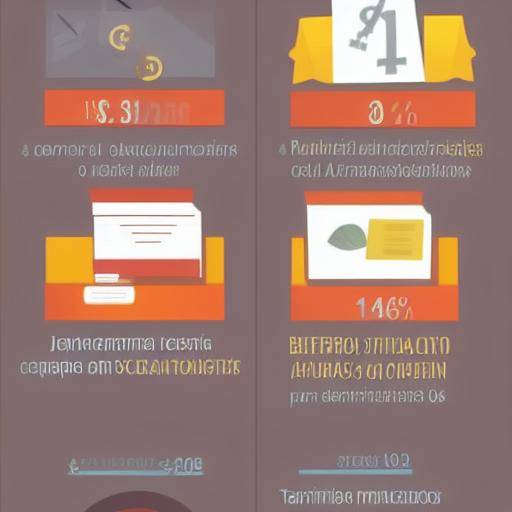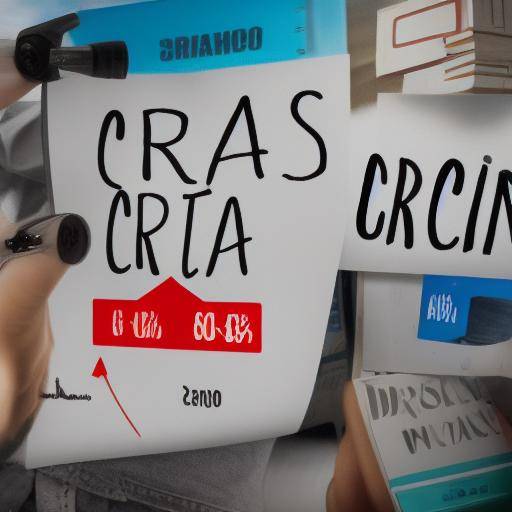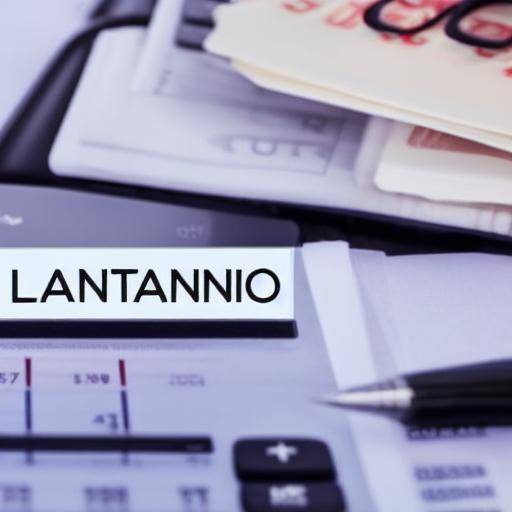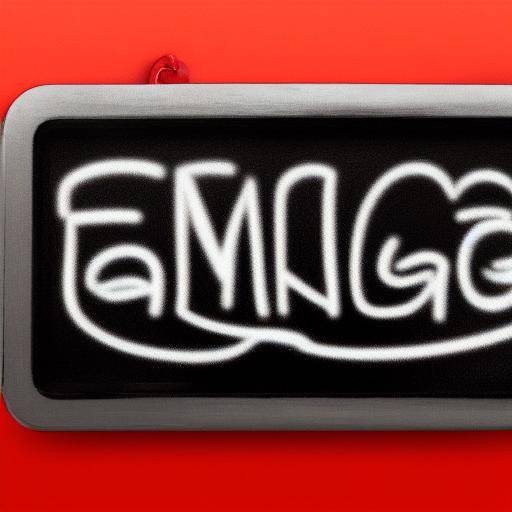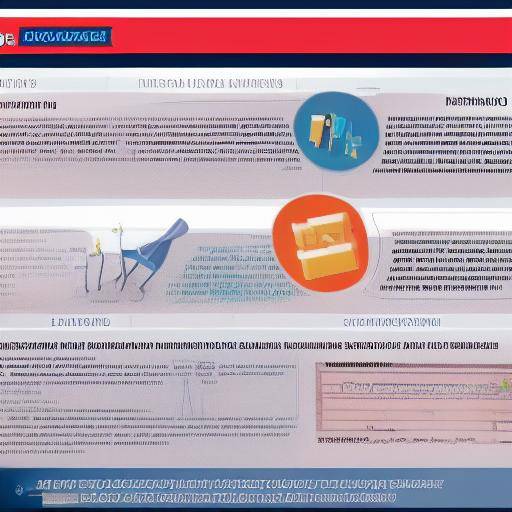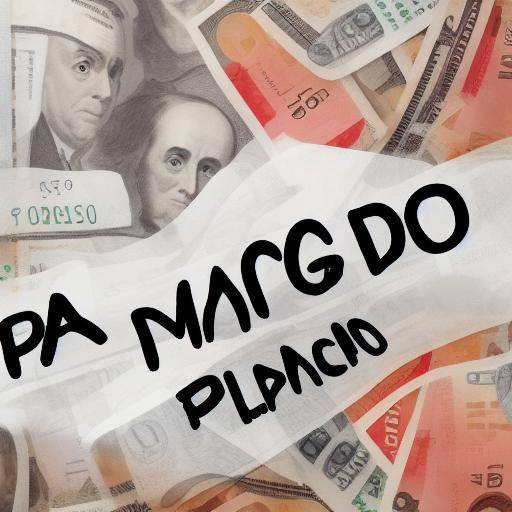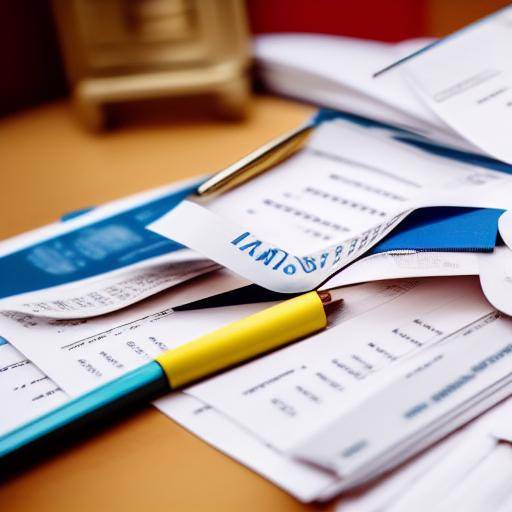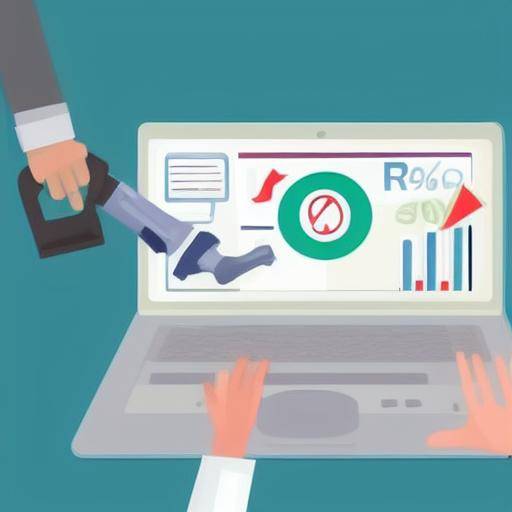
The concept of the emergency fund is one of the cornerstones of prudent and healthy financial management. In unforeseen situations, such as job loss, unexpected medical expenses or home repairs, having an emergency fund can be the difference between a temporary difficulty and a long-term financial crisis. But what is the real importance of an emergency fund in our personal finances? In this article, we will thoroughly explore the meaning, importance and benefits of an emergency fund, as well as its connection to personal savings and finances.
History and Background
The concept of emergency fund has its roots in the financial wisdom of past generations, which recognized the need to be prepared for the unexpected. Throughout history, there have been times when economic crises and natural disasters have emphasized the importance of having a financial reserve to face unforeseen situations. From the Great Depression to the recent recession, the need for an emergency fund has become evident.
Over the years, different approaches and strategies have been developed for the creation and management of emergency funds, adapting to changes in personal economy and finance. At present, with the volatility of the labour market and economic uncertainty, the role of an emergency fund has become even more crucial to ensuring financial stability.
Deep analysis
Benefits of the Emergency Fund
The main benefit of having an emergency fund is the financial tranquility it provides. The possibility of facing unforeseen situations with available financial resources provides a sense of security and reduces stress. In addition, an emergency fund may avoid the accumulation of debts and the depletion of savings for other purposes, such as retirement or education for children.
Current Challenges and Trends
Despite its many benefits, one of the challenges facing the creation of an emergency fund is the lack of awareness and the temptation to postpone savings rather than prioritize it. This is compounded by the difficulty of establishing an adequate amount for the fund, as it varies according to the personal situation of each individual.
Comprehensive review
Practices and Best Practices
The establishment of an emergency fund requires a strategic approach to ensure that it fulfils its purpose. Financial experts suggest that the emergency fund should be equivalent to at least 3 to 6 months of core expenditure. In the case of persons with variable income or self-employed, the suggested emergency fund could be higher.
Comparison and Contrast
The emergency fund is often confused with long-term savings for specific goals, such as the purchase of a house or university education. Although both involve the accumulation of financial resources, their purpose and nature are different. While the emergency fund is reserved for unforeseen situations, long-term savings are directed towards planned targets.
Practical Tips and Accessible Tips
- Establish an initial objective: Start by accumulating a fund equivalent to one month of basic expenses and then gradually expand it.
- Automate your savings: Set up automatic transfers to your emergency fund account every time you receive your salary.
- Avoid easy access: Keep your emergency fund in a separate account, preferably in a place where it is not easily accessible for non-emergency costs.
Industry Perspectives and Expert Reviews
Future trends and trends
Financial experts predict that the creation of emergency funds will continue to gain relevance as people seek greater financial stability. Financial education and awareness of the importance of savings for unforeseen situations are increasing, which will likely lead to greater adoption of this practice.
Conclusions
The emergency fund is a crucial safeguard that protects our personal unforeseen finances and financial crises. Its importance lies in the tranquility it provides, while protecting our long-term savings and avoiding debt accumulation.
Frequently asked questions
**1. What is the difference between an emergency fund and a long-term savings?**The main difference lies in its purpose. While the emergency fund is intended to cover unforeseen expenses, long-term savings are directed towards planned targets, such as buying a home or retirement.
**2. What are common mistakes when establishing an emergency fund?**One of the most common mistakes is to postpone savings to the emergency fund or underestimate the necessary amount. In addition, making unnecessary withdrawals from the fund or not keeping it updated with the cost change are also errors to avoid.
**3. How can I determine the right amount for my emergency fund?**A good starting point is to calculate your basic monthly expenses and multiply that amount for the number of months that would give you a sense of security in case of emergency.
**4. Is it advisable to invest the emergency fund to obtain greater returns?**It is not recommended to invest the emergency fund in high-risk investments as its main objective is the immediate availability of emergency resources.
**5. Is the emergency fund a universally recommended practice?**Yes, the creation of an emergency fund is a recommended practice in personal financial management around the world, regardless of the economic or working situation of a person.
**6. What other alternatives exist to a traditional emergency fund?**Some people choose to create emergency credit lines as an alternative to the emergency fund, but it is important to consider the interests and debt capacity before taking this option.
In short, an emergency fund is a key tool to safeguard our personal finances and protect us from financial unforeseen. By prioritizing the savings and creation of an emergency fund, we strengthen our stability and financial resilience, which is essential today. Do not underestimate the importance of a solid and well-planned emergency fund!


